How Pop Mart turned Labubu into a masterclass in viral branding
Labubu’s journey from art toy to billion dollar craze offers marketers fresh lessons on hype, community, and celebrity power.
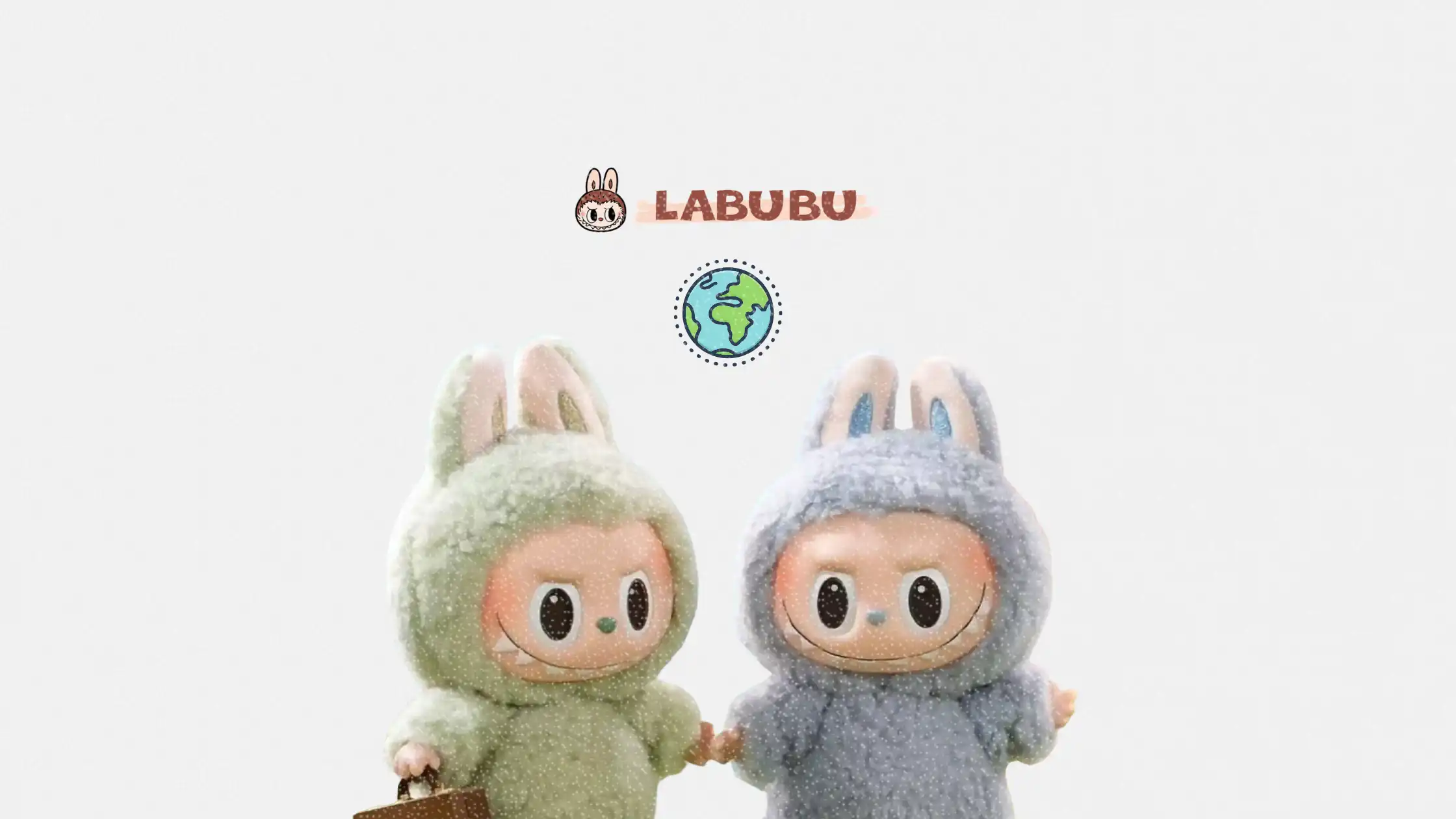
They have been called ugly, creepy, and irresistibly cute. Either way, you have probably seen Labubu, the plush, pointy eared elf from Chinese toy maker Pop Mart that has become a viral collectible worldwide.
The toy’s cultural pull is staggering. Celebrities from Rihanna to Blackpink’s Lisa have flaunted them, while global fans queue for hours to score limited editions. Pop Mart’s sales have soared, profits nearly tripled, and the dolls now drive almost a quarter of the company’s revenue. One recent auction in Beijing saw a single mint green Labubu sell for around US$172,800, a figure more often reserved for fine art.
For marketers, the rise of Labubu offers more than a quirky trend story. It is a blueprint for how Asian consumer brands are scaling cultural IP into global phenomena.
Short on time?
Here is a table of content for quick access:
- What exactly is Labubu?
- How Lisa helped Labubu go global
- The blind box engine of hype
- Cultural ripple effects
- What marketers should know
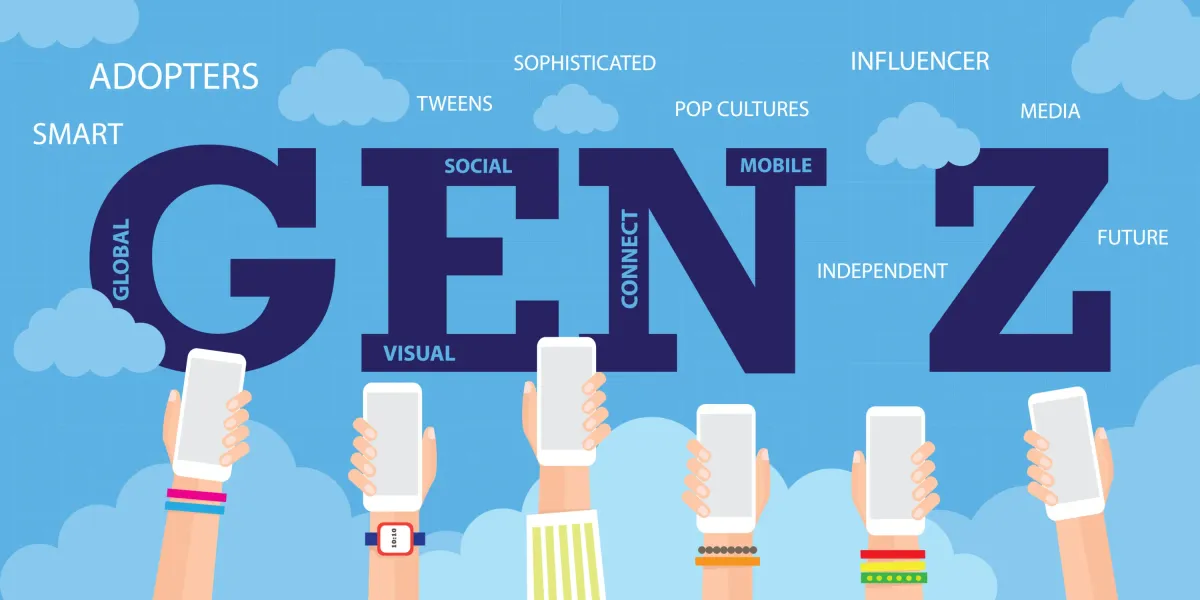
What exactly is Labubu?
Labubu started as a character in The Monsters art series created by Hong Kong born illustrator Kasing Lung. The creature’s trademark grin, complete with nine teeth, plus its playful oddness gave it a cult following across Asia.
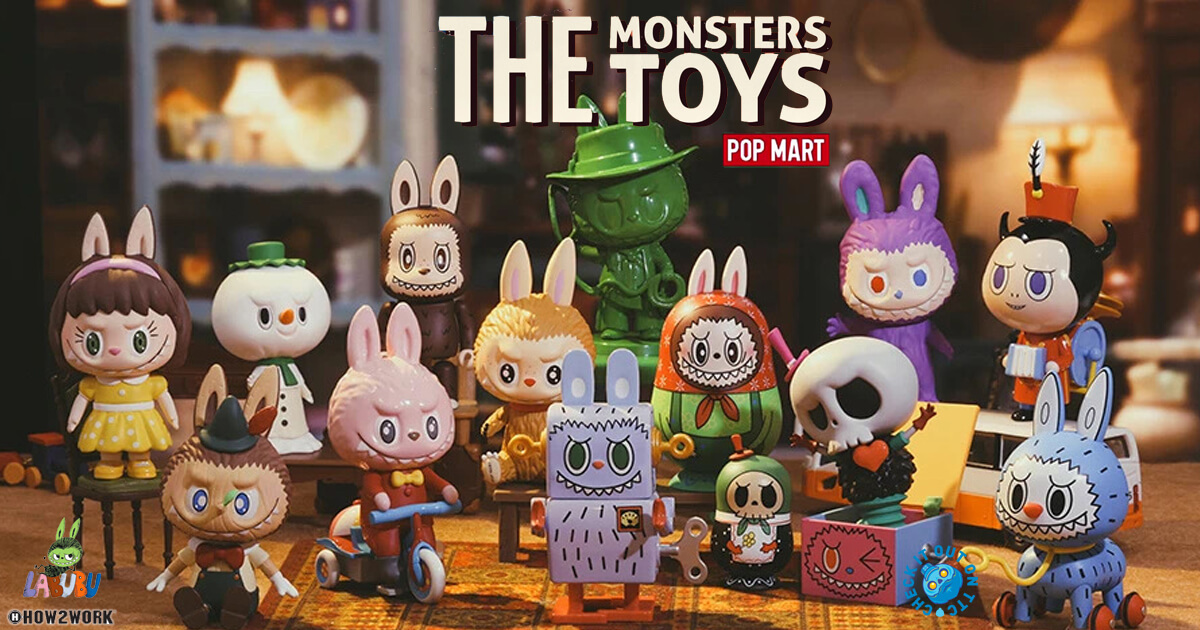
Pop Mart spotted its commercial potential in 2019, integrating Labubu into its blind box strategy. Fans buy sealed packages without knowing which figure they will get, fueling anticipation, resale value, and repeat purchases.
Today, Labubu is not just a single character but part of a wider cast including Zimomo and Tycoco. Together, they have become one of Pop Mart’s most lucrative IP franchises.
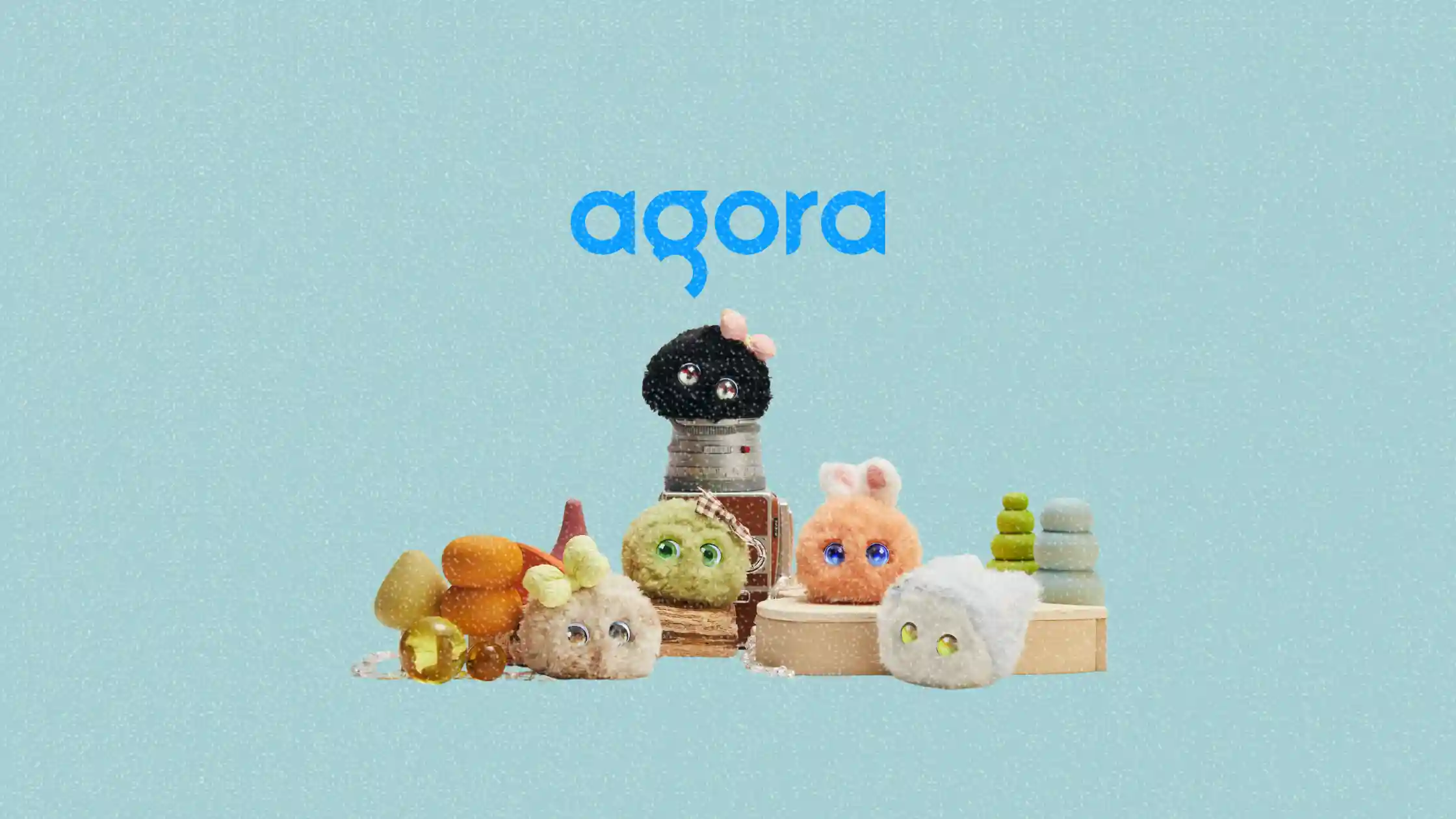
How Lisa helped Labubu go global
Labubu was already a cult hit in China, but the turning point came in April 2024 when Blackpink’s Lisa began sharing photos of her Labubu collection on Instagram. The posts quickly went viral across Southeast Asia, triggering a wave of interest from K-pop fans and collectors alike.
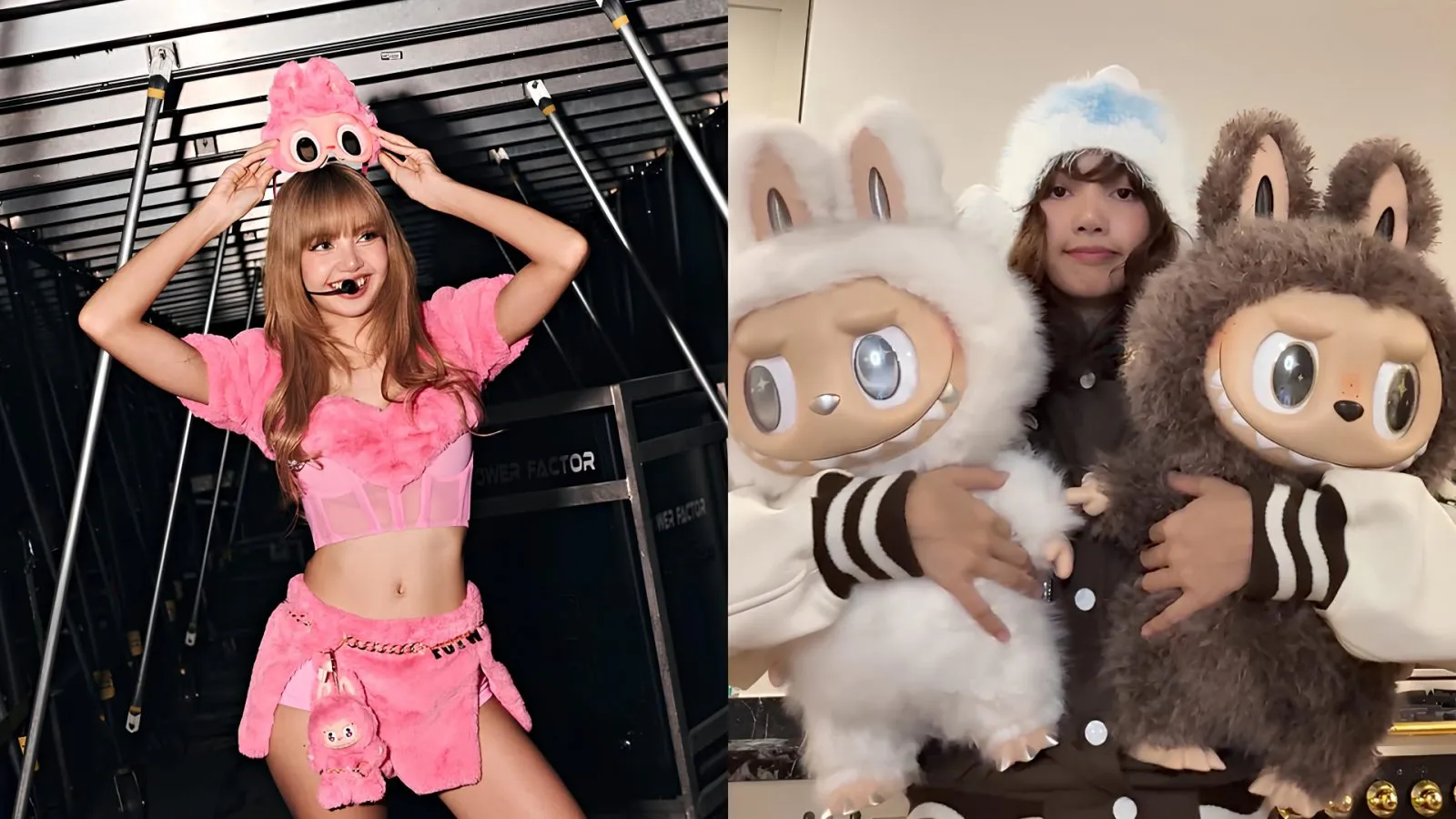
From there, the momentum snowballed. Rihanna was photographed with a Labubu clipped to her Louis Vuitton bag, Kim Kardashian showed off a set of ten dolls, and David Beckham later joined the trend. Each celebrity endorsement added fuel to the fire, turning the once niche toy into a global must have.
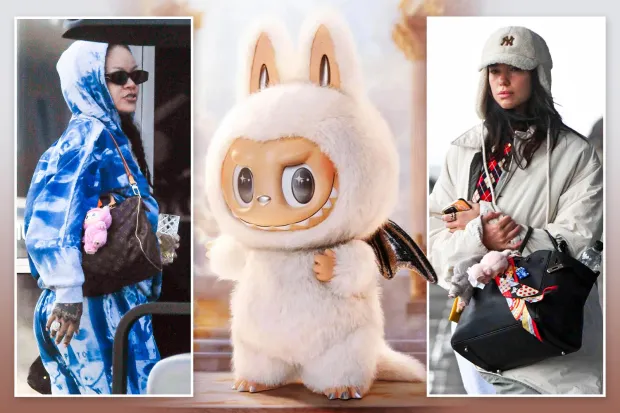
For marketers, Lisa’s role shows how cultural tastemakers can transform a quirky product into a worldwide phenomenon almost overnight.
The blind box engine of hype
Pop Mart’s model turns toys into emotional investments:
- Surprise and scarcity: Blind boxes keep fans chasing rare “chaser” editions.
- Community buzz: Online unboxings and resale forums amplify the obsession.
- Investment value: With resale prices climbing to hundreds of dollars, some buyers see Labubu as collectibles with ROI.
The formula works. In 2024, Pop Mart’s plush toy sales, mostly driven by Labubu, grew more than 1,200%, pushing annual revenue above US$1.8 billion.
International sales jumped 700 percent, and the company now operates in more than 30 countries.
Cultural ripple effects
Labubu’s reach highlights Asia’s growing soft power in consumer culture. A Hong Kong born creation, scaled by a Beijing company, and spread via Southeast Asia, the toy is now a global status symbol.

Beyond sales, the brand has inspired tattoos in Thailand, edible Labubu themed desserts in Russia, and knockoffs flooding Indian markets.
State media in China has even pointed to the character as a symbol of “cool China,” part of a broader narrative of cultural exports joining EVs and video games on the world stage.
What marketers should know
Labubu’s rise offers lessons for brand strategists:
- Design that polarizes can still win
Labubu’s odd grin divides opinion, but that makes it memorable. For marketers, distinctiveness may matter more than universal appeal.
- Gamify discovery to build obsession
The blind box model shows how mystery, scarcity, and reward mechanics can drive repeat engagement far beyond toys.
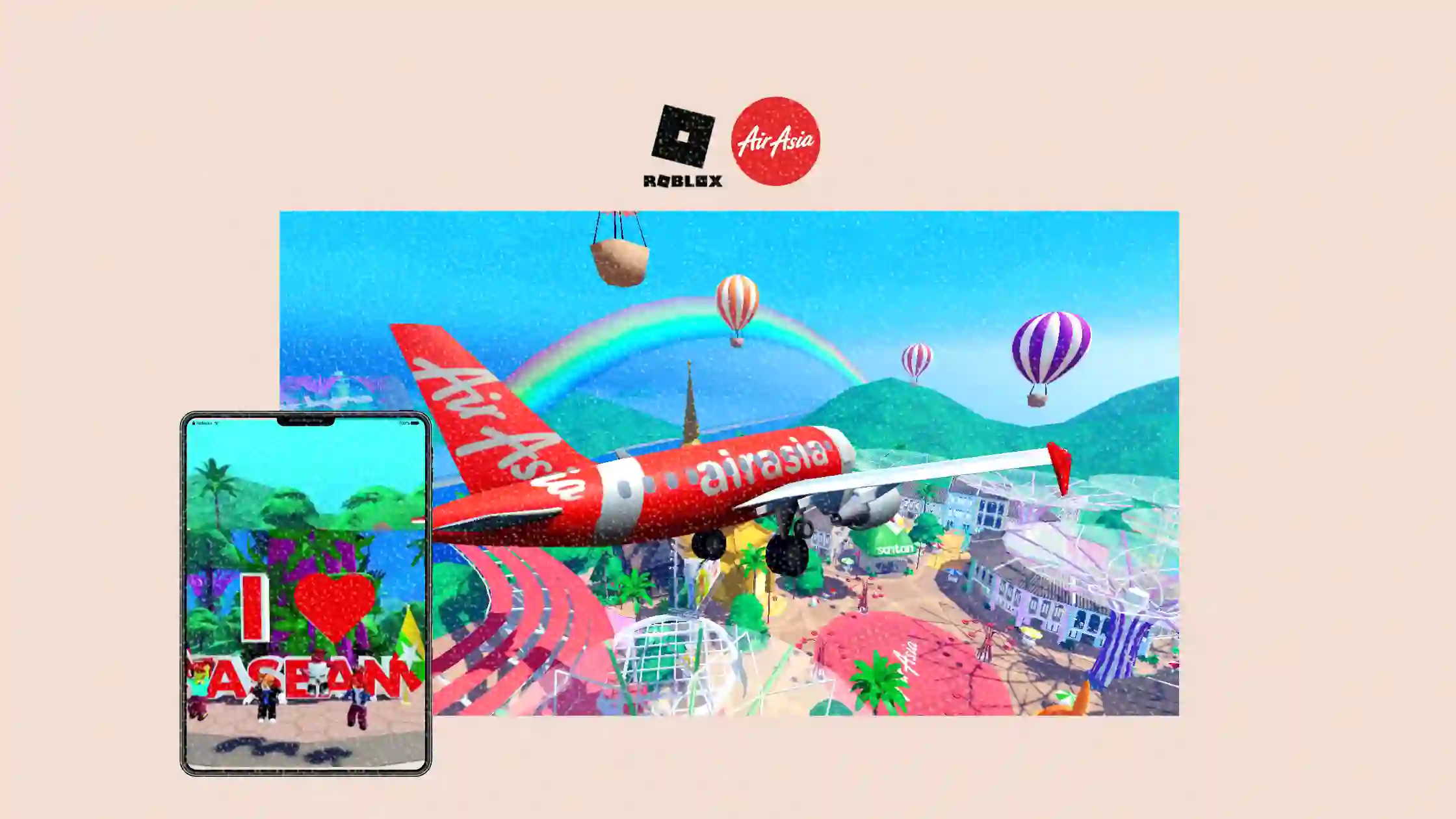
- Celebrity and pop culture fuel global scaling
The tipping point came when Lisa, Rihanna, and Kim Kardashian displayed Labubu publicly. Influencer alignment can shift a product from niche to mainstream overnight.

- Think global, execute local
Pop Mart’s expansion shows that culturally resonant products from Asia can scale worldwide if distribution adapts to local demand and scarcity is managed strategically.
Labubu is more than a collectible toy. It is a case study in how Asian creativity, strategic retail, and cultural timing can reshape global consumer trends.
For marketers, it is a reminder that the next big phenomenon may not come from Silicon Valley or Hollywood, but from an unexpected art studio with a mischievous grin.







